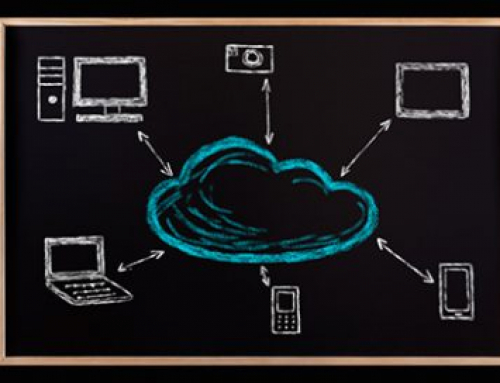
How does one mediate the battle between copyright and technology?
WE are fast spiralling towards a post-print world.
The rules of the print age were clear.
Owners owned rights to their copies. Some were given the right to make copies. Some had to seek permission to use them. Others had to pay for them.
Copyright as a concept was introduced in 1709 by the English Statute of Anne.
Its long title says it all: an “Act for Encouragement of Learning and for Securing the Property to Copies of Books to Rightful Owners Thereof”.
The Internet has changed all this. It has also distanced people from the rules — both moral and legal — that govern the physical world, writes international copyright lawyer Fredrick Oduol Oduor in his article “The Internet And Copyright Protection: Are We Producing A Global Generation Of Copyright Criminals?”
The cyberworld is an ambivalent world. What the physical world considers “stealing” becomes “sharing” in this crowd of 500 million.
There is no copywrong in this no-holds barred world.
The move from the physical to the digital world has been troubling. And at times terrifying.
Perhaps Douglas Adams of The Hitchhiker’s Guide to the Galaxy fame was right: “Anything invented after you are 35 is against the natural order of things.”
But then again, how does one advance society if information and knowledge aren’t freely shared? The answer must lie in the balance of the two, however delicate that may be.
True, the very nature of public sphere has changed. Communication isn’t the same any more. How does one mediate the battle between copyright and technology? The Googles, Microsofts and Facebooks of the world will say you shouldn’t legislate technology.
Technology is always ahead of the law, the Silicon Valley dwellers claim.
Intellectual property owners say we must. The answer must lie in between. Neither digital lawlessness nor intellectual protectionism will be good for the world.
There are reasons for this argument. People who create copies invest time and money creating their ideas. They have a moral right to be paid for this creative work. If intellectual labour is not protected, it will cease to bloom.
One approach is that adopted by the European Commission’s Information Society directive 2001/29/EC, which seeks to balance certain aspects of copyright and related rights in the world of technology.
But it has not gone down well. One assessment done after a decade of the directive’s implementation gave it a thumbs down.
The directive’s structure of mandatory and optional rights, the assessment opined, do not add up to a balanced system.
A better path to pursue is that outlined by Apple’s former chief executive officer, the late Steve Jobs, in an open letter — “Thoughts on Music” — issued on Feb 6, 2007.
There he suggested that music companies license their music to Apple for onward distribution free of restriction imposed by the United States’ Digital Millennium Copyright Act (DMCA), an extraterritorial law. Here is how Jobs’ idea works.
Apple negotiates usage rights with music companies, which include allowing users to play their DMCA protected music on up to five computers and on an unlimited number of iPods.
What worked for Apple and music would surely work for others. In this way, the digital world too can play by the copyright, copywrong rule book.
Source: https://www.nst.com.my/opinion/leaders/2020/01/553297/nst-leader-copyright-copywrong






